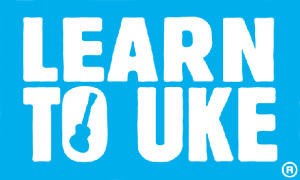Canarian Ukulele? Yes! The Timple from the Canary Islands
International ukuleles, (well, not actually ukuleles in many cases, if we’re being really honest) come in all different shapes and sizes. The Timple, from the Canary Islands (sometimes known as the Tiple, as the instrument of this name is known as in Argentina, Columbia, Cuba, Dominican Republic, Menorca, Peru and Uruguay) is one of them. It has 5 strings rather than 4, and they are tuned to the notes G-C-E-A-D. If you were to ignore the top string that is tuned to a D, you’d have a ukulele. That’s the way that many of the young Timple Players in the Canary Islands do it these days, apparently, though the traditional 5 string players frown upon this type of behaviour, as it is ‘considered less traditional’. As wikipedia puts it:
The timple is a traditional Spanish 5-string plucked string instrument of the Canary Islands.
In La Palma island and in the north of the island of Tenerife, many timple players omit the fifth (D) string, in order to play the timple as a four-string ukulele, though this is considered less traditional by players and advocates of the five-string version. The players of the four-string style, in return, say that they are simply playing the timple in the old-fashioned way from before the time when a fifth string was introduced in the late nineteenth or early twentieth century. The common tuning is GCEAD.
Timple players (timplistas) of note are Benito Cabrera from Lanzarote, José Antonio Ramos and Totoyo Millares from Gran Canaria, and Pedro Izquierdo from Tenerife.
If you listen to the timplistas above, you’ll hear that some people play them like a classical guitar, or like a classical guitar mixed with a Spanish guitar, or simply like a Spanish guitar, and others play their Timples like ukuleles. It seems the Canarian cousin of the ukulele, the Timple has very distinct similarities, as we all know, the uke sounds very different depending upon who’s hands it ends up in.
I first came across the timple in 2010 because of Bossarocker, Lou Armer, who came over to Tenerife to see me, and had done her homework on their local instruments. This peaked my interest and I’ve been back a few times bugging the local music shops by tinkering around with their instruments. We toyed with the idea of buying one back in 2010, but we didn’t dive in. I’m now wondering whether I made a mistake, as I’d be a lot further along with my Timple playing than I am now. Ah well.
Here’s some skilled Timple players that I found on YouTube for you to feast your eyes on. (If you wait for video number 2, try not to compare them to the Ukulele Orchestra of Great Britain.
Here’s how it should be done:
Want to learn how to play Timple yourself? (In Spanish) Go here.
Or, if you fancy learning how to play the Ukulele in pubs in London. Come to us!

